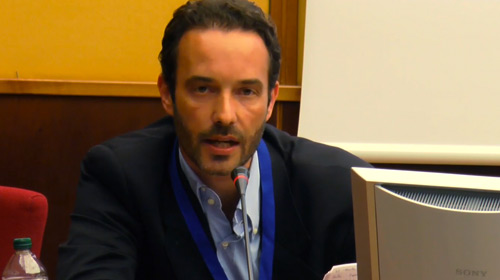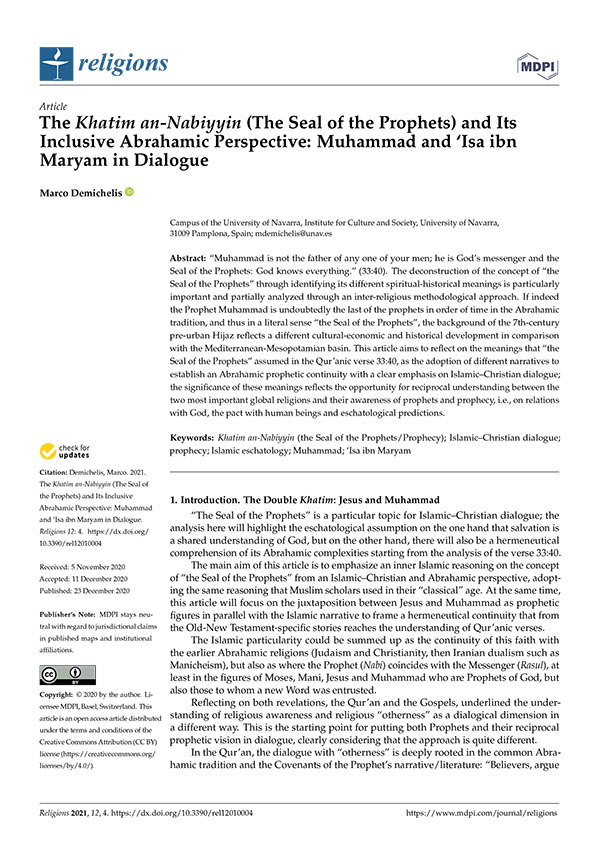
Référence :
Demichelis, M. The Khatim an-Nabiyyin (The Seal of the Prophets) and Its Inclusive Abrahamic Perspective: Muhammad and ‘Isa ibn Maryam in Dialogue. Religions 2021, 12, 4. https://doi.org/10.3390/rel12010004

الإنجليزية

خاتم النبيّين ومنظوره الإبراهيمي الشامل: محمد وعيسى ابن مريم في حوار
Original title : “The Khatim an-Nabiyyin (The Seal of the Prophets) and Its Inclusive Abrahamic Perspective: Muhammad and ‘Isa ibn Maryam in Dialogue”
Abstract
“Muhammad is not the father of any one of your men; he is God’s messenger and the Seal of the Prophets: God knows everything.” (33:40). The deconstruction of the concept of “the Seal of the Prophets” through identifying its different spiritual-historical meanings is particularly important and partially analyzed through an inter-religious methodological approach. If indeed the Prophet Muhammad is undoubtedly the last of the prophets in order of time in the Abrahamic tradition, and thus in a literal sense “the Seal of the Prophets”, the background of the 7th-century pre-urban Hijaz reflects a different cultural-economic and historical development in comparison with the Mediterranean-Mesopotamian basin. This article aims to reflect on the meanings that “the Seal of the Prophets” assumed in the Qur’anic verse 33:40, as the adoption of different narratives to establish an Abrahamic prophetic continuity with a clear emphasis on Islamic–Christian dialogue; the significance of these meanings reflects the opportunity for reciprocal understanding between the two most important global religions and their awareness of prophets and prophecy, i.e., on relations with God, the pact with human beings and eschatological predictions.
Titre original : “The Khatim an-Nabiyyin (The Seal of the Prophets) and Its Inclusive Abrahamic Perspective: Muhammad and ‘Isa ibn Maryam in Dialogue”
Résumé
“Muhammad n’est le père d’aucun de vos hommes ; il est le messager de Dieu et le sceau des prophètes : Dieu sait tout.” (33:40). La déconstruction du concept du “Sceau des prophètes” par l’identification de ses différentes significations spirituelles-historiques est particulièrement importante et partiellement analysée par une approche méthodologique interreligieuse. Si le prophète Muhammad est sans aucun doute le dernier des prophètes dans l’ordre chronologique de la tradition abrahamique, et donc au sens littéral “le Sceau des prophètes”, le contexte du Hijaz préurbain du 7e siècle reflète un développement culturel, économique et historique différent par rapport au bassin méditerranéen et mésopotamien. Cet article vise à réfléchir sur les significations que le “Sceau des Prophètes” a prises dans le verset 33:40 du Coran, comme l’adoption de différents récits pour établir une continuité prophétique abrahamique avec un accent clair sur le dialogue islamo-chrétien ; la signification de ces significations reflète l’opportunité d’une compréhension réciproque entre les deux plus importantes religions mondiales et leur connaissance des prophètes et de la prophétie, c’est-à-dire sur les relations avec Dieu, le pacte avec les êtres humains et les prédictions eschatologiques.
Abstract
“Muhammad is not the father of any one of your men; he is God’s messenger and the Seal of the Prophets: God knows everything.” (33:40). The deconstruction of the concept of “the Seal of the Prophets” through identifying its different spiritual-historical meanings is particularly important and partially analyzed through an inter-religious methodological approach. If indeed the Prophet Muhammad is undoubtedly the last of the prophets in order of time in the Abrahamic tradition, and thus in a literal sense “the Seal of the Prophets”, the background of the 7th-century pre-urban Hijaz reflects a different cultural-economic and historical development in comparison with the Mediterranean-Mesopotamian basin. This article aims to reflect on the meanings that “the Seal of the Prophets” assumed in the Qur’anic verse 33:40, as the adoption of different narratives to establish an Abrahamic prophetic continuity with a clear emphasis on Islamic–Christian dialogue; the significance of these meanings reflects the opportunity for reciprocal understanding between the two most important global religions and their awareness of prophets and prophecy, i.e., on relations with God, the pact with human beings and eschatological predictions.
الكاتب
مصادر الكاتب في الموقع

publication
العنف الديني، والغايات السياسية، والقومية، والمواطنة والتطرّف في الشرق الأوسط وأوروبا
منذ العصور القديمة، شكّلَ العنف الديني القائم على الدوافع السياسية ممارسة شائعة ولا يزالُ حتى يومنا هذا. فالفظائع التي ارتكبتها الإمبراطورية الرومانية ضد الجماعات المسيحية الأولى سرعان ما استُبدِلت...
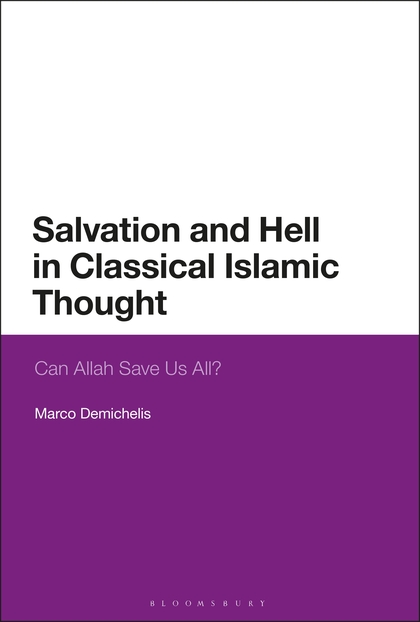
publication
الخلاص والجحيم في الفكر الإسلامي الكلاسيكي. هل يستطيع الله أن ينقذنا جميعاً؟
يلجأ “الخلاص والجحيم في الفكر الإسلامي الكلاسيكي” إلى مصادر إسلامية كلاسيكية ليخطَّ تطوّر الإسخاتولوجيا الإسلامية في خلال قرون ولادة تاريخ الفكر الإسلامي. ويستندُ ماركو ديميشليس إلى علّ...

article
خاتم النبيّين ومنظوره الإبراهيمي الشامل: محمد وعيسى ابن مريم في حوار
Original title : "The Khatim an-Nabiyyin (The Seal of the Prophets) and Its Inclusive Abrahamic Perspective: Muhammad and ‘Isa ibn Maryam in Dialogue" Abstract “Muhammad is not the father of ...
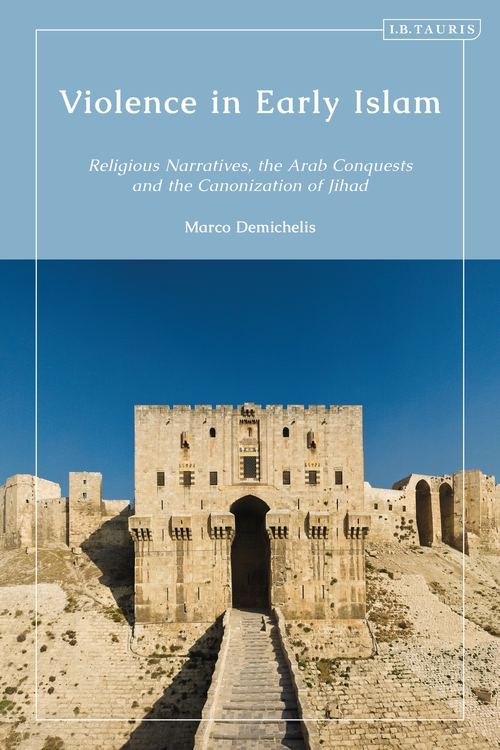
publication
العنف في الإسلام المبكر. الخطابات الدينية، والفتوحات العربية، وتقديس الجهاد
Original title : Violence in Early Islam. Religious Narratives, the Arab Conquests and the Canonization of Jihad Présentation: Presentation: The concept of jihad holds a prominent place in Islamic ...
المصادر المرتبطة بـ  التراث النبوي
التراث النبوي
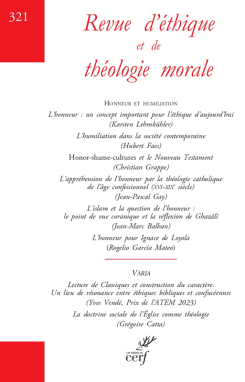
article
الإسلام ومسألة الشرف: وجهة النظر القرآنية وتأملات الغزالي
- جان مارك بلهان
الشرف موضوع للتأمل موجود في الإسلام في مصادره وكذلك في تفكيره "القانوني" والأخلاقي والروحي. يحدث القرآن ثورة أخلاقية ودينية بجعل مكانة الإنسان عند الله الواحد المعيار الوحيد لحياة إنسانية ناجحة حقً...
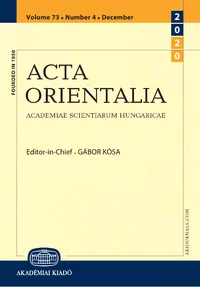
article
الدليل، محور الخليقة: مصادر المعرفة الشيعية
- محمد علي أمير معزّي
هدف المقالة هو استكشاف العلاقة بين الكوزموأنثروبوجونية والإمامية في المذهب الشيعي من خلال أقدم مصادرها في مجموعة الأحاديث قبل البويهيين. وهي تظهر أن شخصية المرشد الإلهي هي المحور الذي تدور حوله الخ...

publication
النبيّ الآخر: يسوع في القرآن
- كلاوس فون شتاوتس
- مهنّد خورشيد
النبيّ الآخر: يسوع في القرآن يعتبرُ الإسلامُ يسوعَ واحداً من الأنبياء الأبرز ويشيرُ إليه القرآن كعلامةٍ إلهيّةٍ. إلّا أنّ مكانته في الإسلام لا توازي على الإطلاق مكانته في المسيحيّة. يلجأ مهنّد خورش...
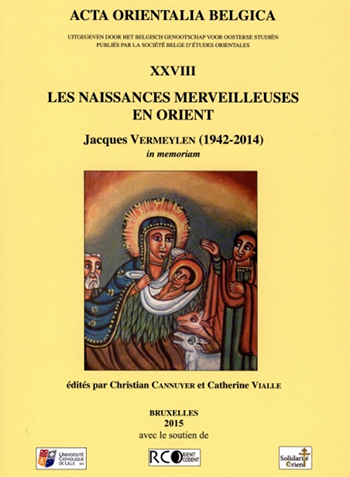
article
ولادة النبي محمّد: مقاربة موضوعية وأدبية للنصوص التقليدية
- سمير أرباش
تكتسي مقاربتُنا للنصوص التي تتناولُ ولادة النبي محمّد وطفولته في السيرةِ طابعاً أدبياً أكثر منه تاريخيّاً. فقد بدا لنا مناسباً أن نعيدَ النظرَ في هذه النصوص، التي يعرفها العلّامات حسن المعرفة، من م...

publication
هل الله مشرّعٌ؟ وجهات نظر مسيحية وإسلامية حول القانون الإلهي
- تيمو غوزلمنصور
- طوبياس سبيكير
لطالما شكّل القانون القائم على الإرادة الإلهية أو غيرها من الأسس الدينيّة، موضع الاهتمام في ألمانيا. فما بعد التشريع الديني الملموس، يكمنُ تأمّل معمّق بالقانون الإلهي في التقاليد المسيحية والإسلا...
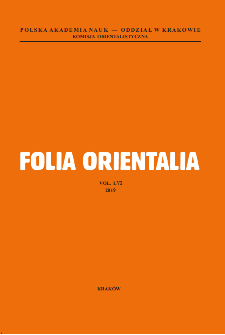
article
يوسف في القرآن، القصّة النبويّة. في الأحداث وخصوصيّة اللغة
- أنطونيو كوتشينييلو
يهدف هذا المقال إلى تسليط الضوء على مفهوم النبوّة في القرآن من خلال قصص الأنبياء واللغة التي يستخدمونها. ودرسَ على وجه التحديد السرديات القرآنية وخطابات يوسف فتفحّصها بشكل منهجيّ بغية تقديم قراءة م...

article
خاتم النبيّين ومنظوره الإبراهيمي الشامل: محمد وعيسى ابن مريم في حوار
- ماركو ديميشيليس
Original title : "The Khatim an-Nabiyyin (The Seal of the Prophets) and Its Inclusive Abrahamic Perspective: Muhammad and ‘Isa ibn Maryam in Dialogue" Abstract “Muhammad is not the father of ...
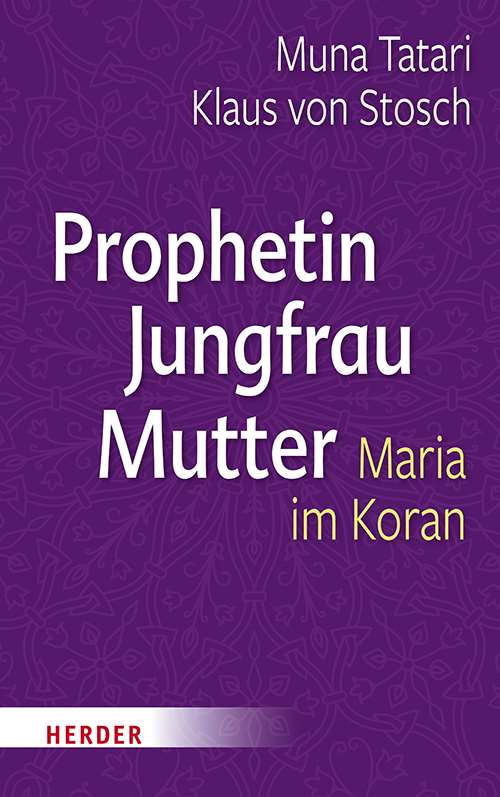
publication
عرّافة- عذراء- أم. ماري في القرآن
- منى تتري
- كلاوس فون شتاوتس
تحمل سورة كاملة اسمها، وهي المرأة الوحيدة التي ذُكرت باسمها في القرآن أكثر من ما ذُكر اسم محمد أو يسوع. ومازال التقدير بأنّ المسيحيّين والمسلمين متعلّقين بماري سليمًا حتى اليوم، على الرّغم من أنّها...


 تحميل الملف PDF
تحميل الملف PDF

